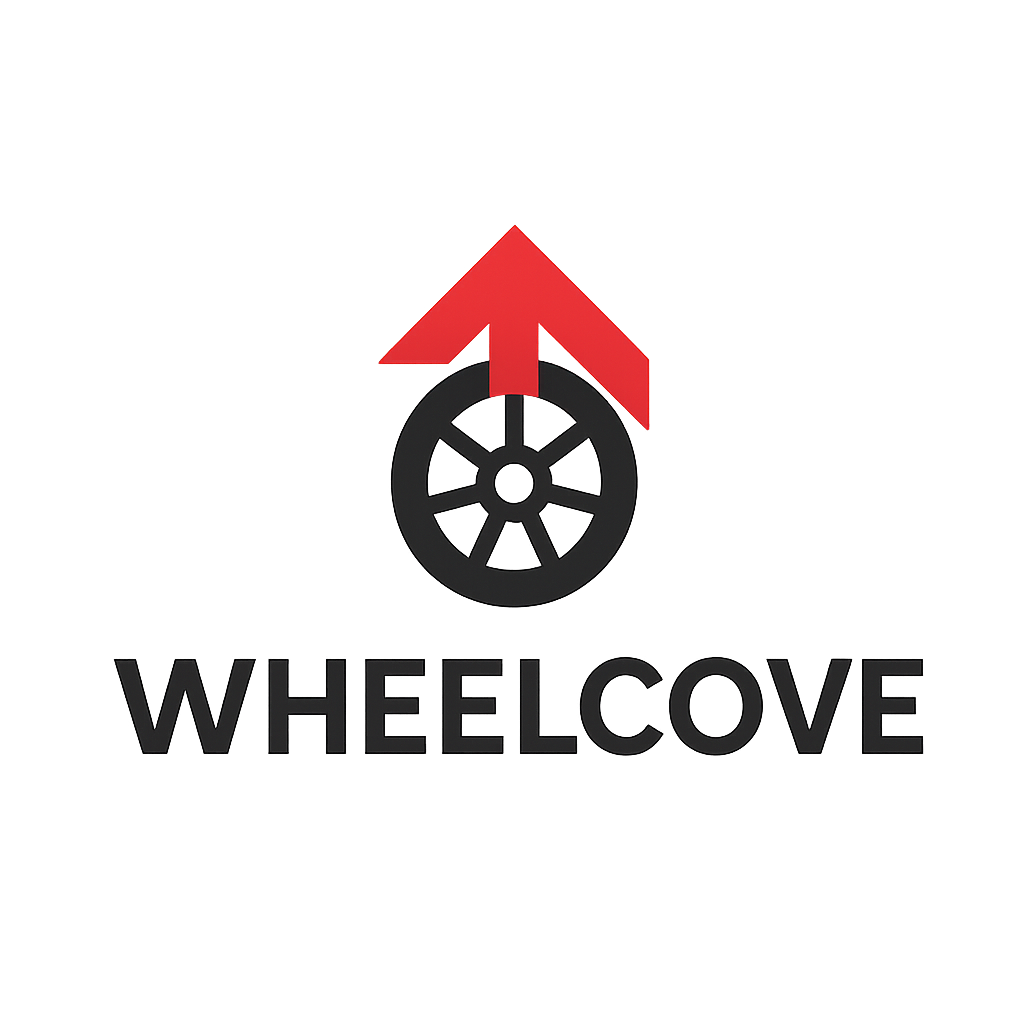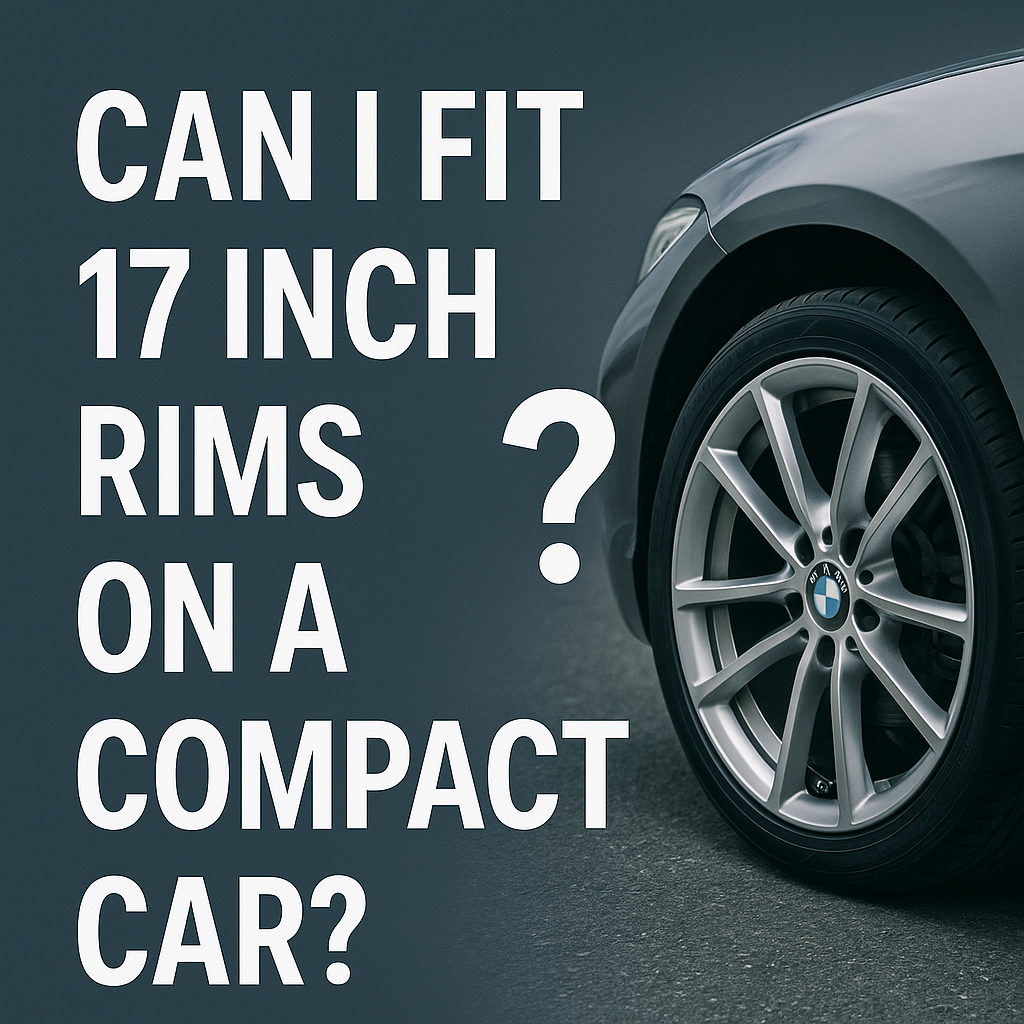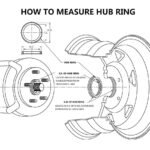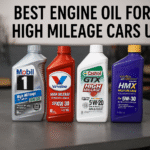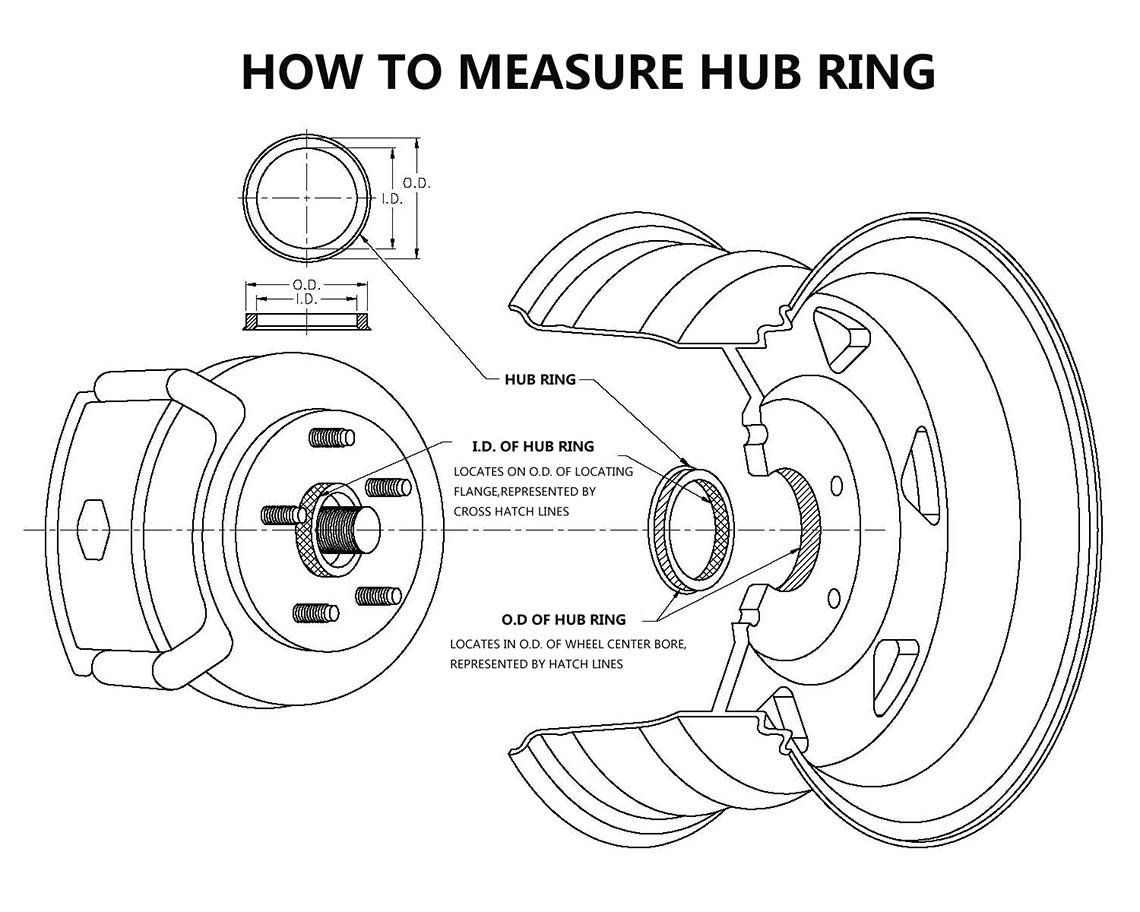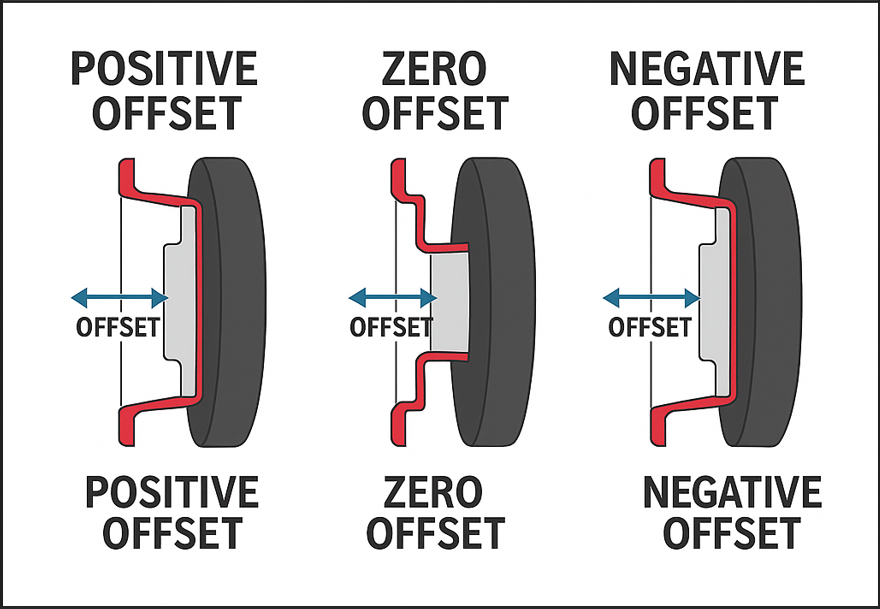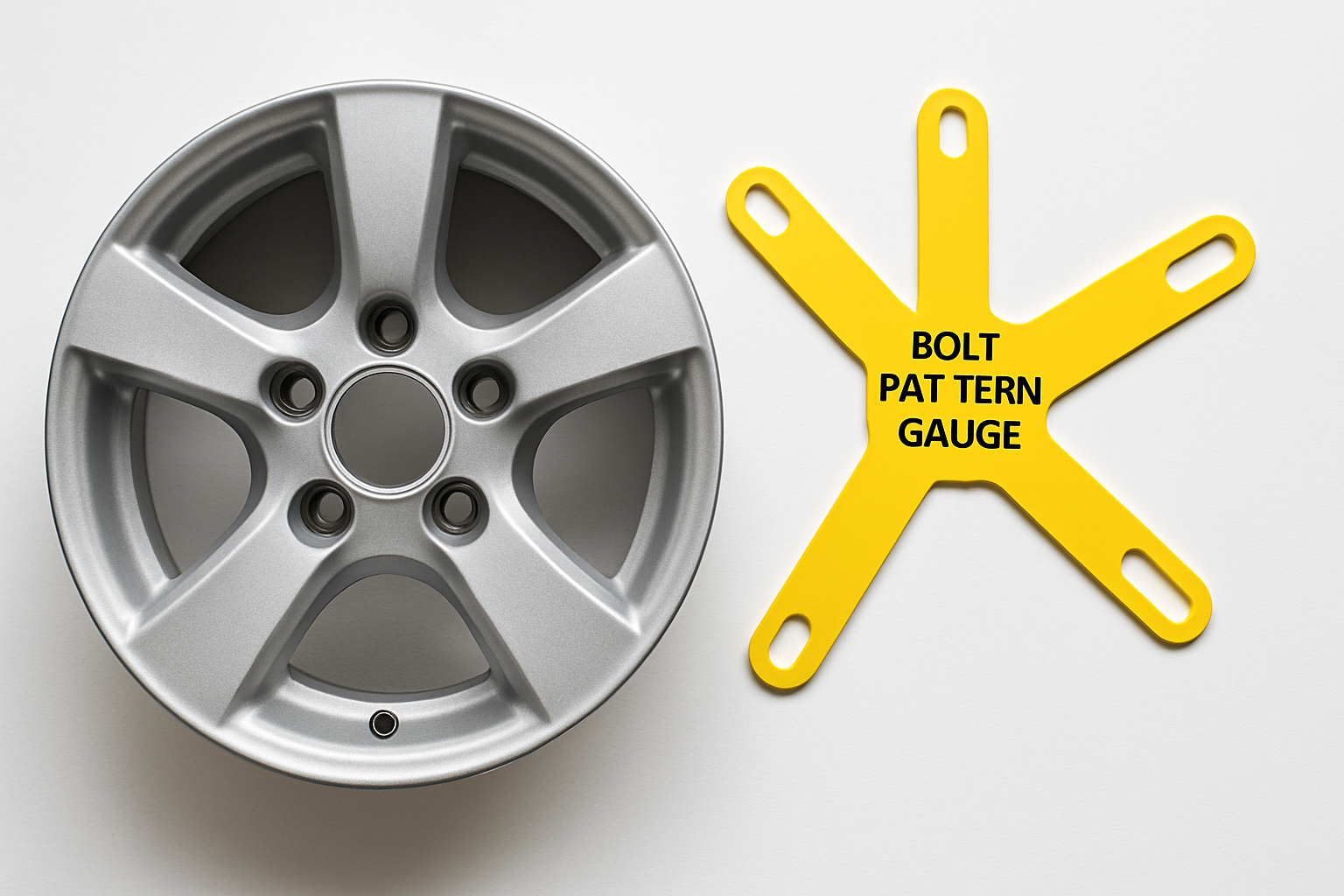Upgrading your wheels can give your car a fresh look and better road performance—but what if you’re driving a small vehicle? Can you fit 17 inch rims on a compact car without issues? The short answer: Yes, but there are some important factors to consider like tire size, offset, clearance, and handling.
In this detailed guide, we’ll explain everything you need to know before upgrading your compact car to 17-inch wheels.
Will 17 Inch Rims Fit on Your Compact Car?
Whether you can fit 17 inch rims on a compact car depends on several things:
-
Bolt Pattern
-
Offset
-
Tire Size
-
Suspension Clearance
-
Speedometer Calibration
While many compact cars can handle 17-inch wheels, incorrect sizing can cause rubbing, poor handling, or speedometer issues.
⚙️ Factors to Consider Before Fitting 17-Inch Rims
1. Bolt Pattern Compatibility
Make sure the bolt pattern of your car matches the 17-inch rims. A mismatch can lead to poor wheel alignment or unsafe driving conditions. Always double-check with your vehicle’s manual or use online bolt pattern guides.
2. Wheel Offset
Offset determines how far the wheel sits from your car’s suspension and fenders. If the offset is wrong, your new 17-inch rims might stick out or rub inside the wheel well.
Use tools like Wheel-Size.com to compare your current setup with the new rims.
3. Tire Profile and Width
When upsizing your rims, you’ll likely need lower profile tires (like 205/45R17 or 215/40R17) to maintain your original overall tire diameter. This ensures accurate speedometer readings and avoids rubbing.
| Original Tire Size | Suggested 17-Inch Equivalent |
|---|---|
| 185/65R15 | 205/45R17 |
| 195/60R15 | 215/40R17 |
4. Suspension and Fender Clearance
Compact cars often have limited clearance. Use a test fit or consult forums to ensure the new rims won’t rub on full turns or bumps.
5. Weight and Handling Impact
Larger wheels are often heavier, which may slightly reduce acceleration and fuel efficiency. However, the improved grip and sporty appearance are major benefits.
✅ Pros of Fitting 17-Inch Rims on a Compact Car
-
Enhanced Appearance: Bigger rims give your car a sportier and more modern look.
-
Improved Handling: Wider tires improve grip and cornering.
-
Better Brake Clearance: 17-inch rims may allow for larger brake upgrades.
❌ Cons of Fitting 17-Inch Rims
-
Reduced Ride Comfort: Lower-profile tires transmit more road bumps.
-
Potential Rubbing Issues: Especially if offset is incorrect or car is lowered.
-
Higher Cost: 17-inch tires are more expensive than 14″–15″.
📌 Popular Compact Cars That Can Fit 17 Inch Rims
Some compact cars that can handle 17-inch rims (with correct tire size):
-
Honda Civic
-
Toyota Corolla
-
VW Golf
-
Hyundai i20/i30
-
Ford Fiesta
-
Suzuki Swift
Always verify your model’s OEM wheel specs and max fitment limits before purchasing.
🔧 How to Fit 17 Inch Rims Safely on a Compact Car
-
Use an online wheel size calculator.
-
Match the bolt pattern and hub bore.
-
Buy tires with the correct sidewall ratio.
-
Ensure the new setup doesn’t increase your wheel diameter more than 3%.
-
Test fit before buying the full set.
🛠️ Recommended Tools and Links
❓ FAQs – Fit 17 Inch Rims Compact Car
Q: Will 17-inch wheels affect my car’s fuel economy?
A: Slightly. Heavier rims can reduce fuel efficiency by a small margin.
Q: Can I use 17-inch rims on stock suspension?
A: Yes, but tire size must be chosen carefully to prevent rubbing.
Q: Do I need to recalibrate my speedometer after upsizing?
A: If the overall tire diameter changes significantly, yes. Keeping it within 3% avoids issues.
Q: What tire size is safe for 17-inch rims on a compact car?
A: Popular sizes include 205/45R17 and 215/40R17, depending on your original wheel size.
Conclusion: Should You Fit 17 Inch Rims on Your Compact Car?
Yes—you can fit 17 inch rims on a compact car if you choose the right offset, tire size, and wheel specifications. It improves appearance and grip, but you’ll need to be mindful of clearance and ride comfort.
If done correctly, this upgrade can transform your car’s look and feel.
🛒 Pro Tip: Always check your owner’s manual and use wheel comparison tools before purchasing new rims.
